Hot House
“Hot House” is a bebop standard made famous by Dizzy Gillespie and Charlie Parker in the early 1950s. The 50s are an era that many Americans have placed in a saccharine time capsule, where World Wars were in the past and a prosperous suburban life was seen to be in the near future, creating a new ideology based around conformity. The Civil Rights and Counter Culture movements that spawned in opposition made for hot houses, indeed. This was the beginning of a shift in Modernism.
At this point, the art world has its own specific nostalgic history and this has seemed to forever include a healthy skepticism of moralism, ever since Greenberg’s skewed idealistic notions of conformity. Though, this skepticism has recently transformed into a somewhat aloof translation of irony. Within this evolution, many artists have stepped out and stirred a soft rebellion toward expectations. This often has resulted in works that have become described as ‘modest,’ ‘humble,’ ‘abject,' ‘non-objective,’ or ‘provisional.’
The four artists presented here have sidestepped and/or shuffled these expectations. Their paintings are seductive and deceiving, but they do not ask, “What is enough?” Instead, they ask, “What is this?” In doing so, they firm up this recent ‘soft rebellion’ and resuscitate suspicion and criticality. However, the real complication derives from their complicated comfort in superficiality—each of these painters, simultaneously revel in vicissitude and beauty, offering both a single and a flipside.
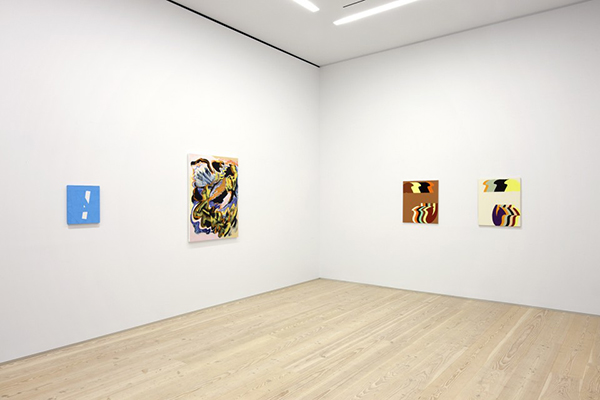
Installation View
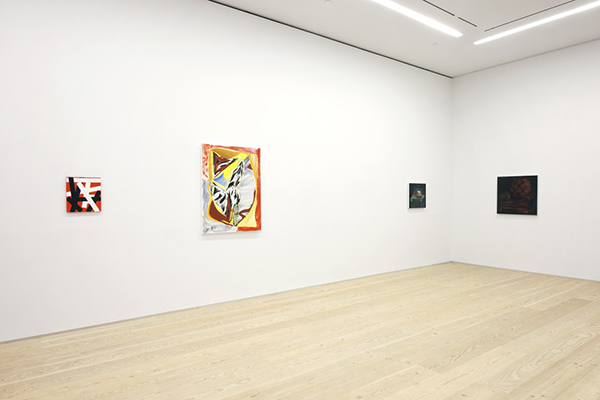
Installation View
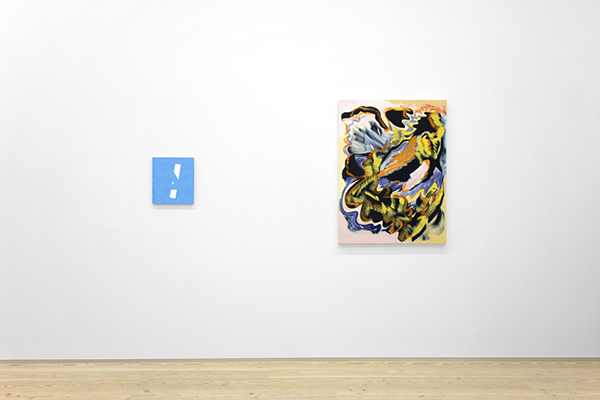
Installation View
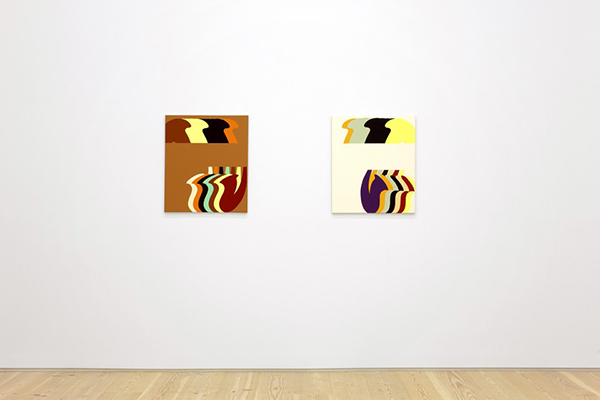
Installation View
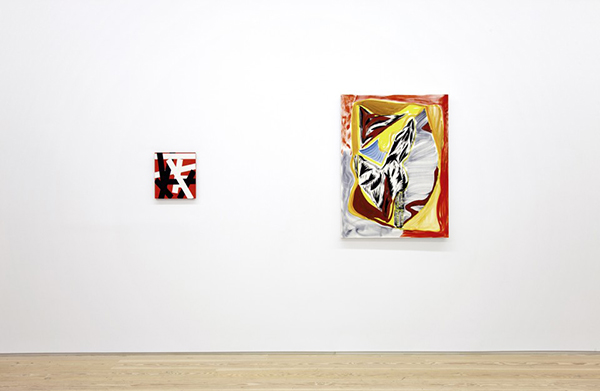
Installation View
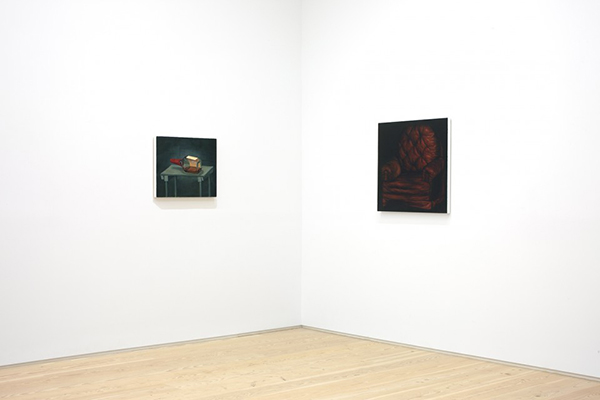
Installation View

Ivin Ballen "Untitled"
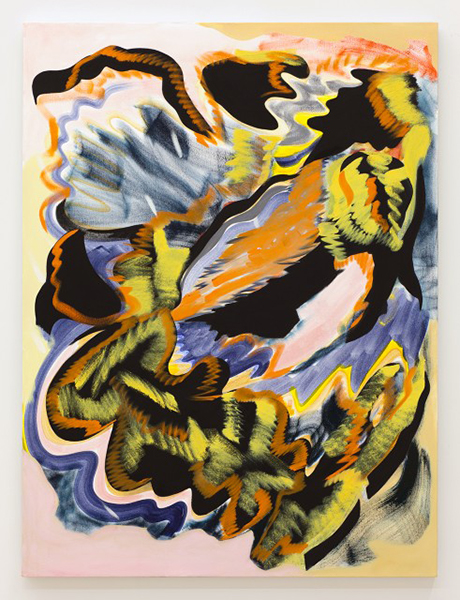
Ariel Dill "Hand in Glove"
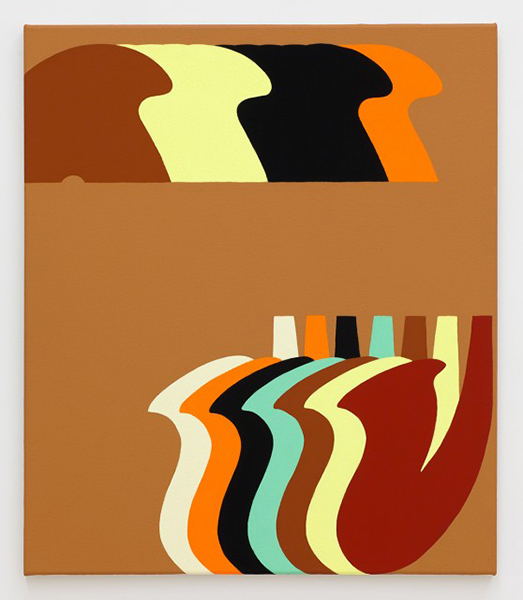
Tisch Abelow "Untitled"
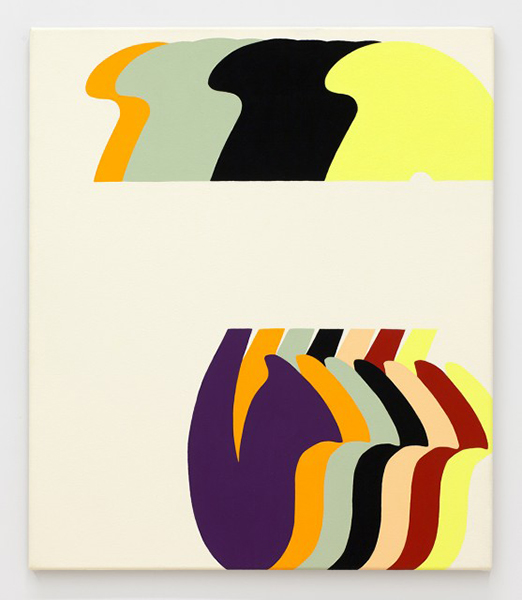
Tisch Abelow "Untitled"
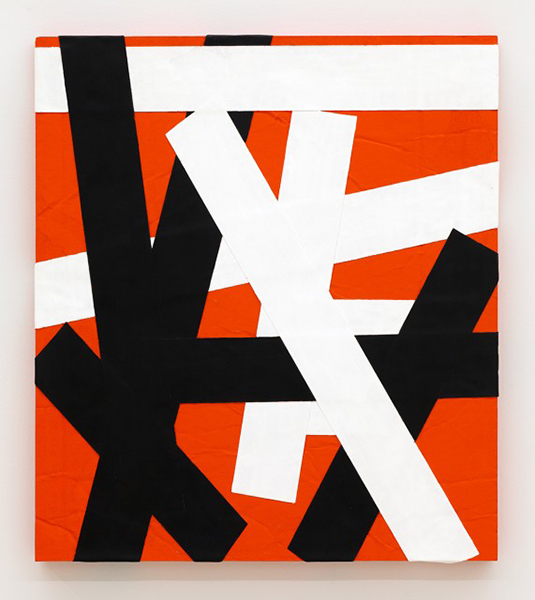
Ivin Ballen "Untitled"
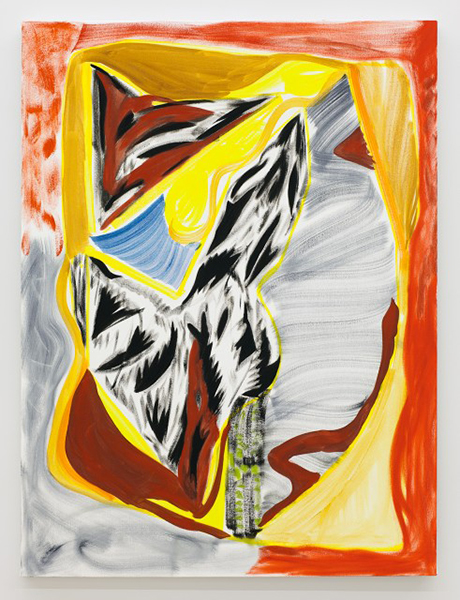
Ariel Dill "Hunters Den Painting"

Seth Alverson "Whiskey 2"
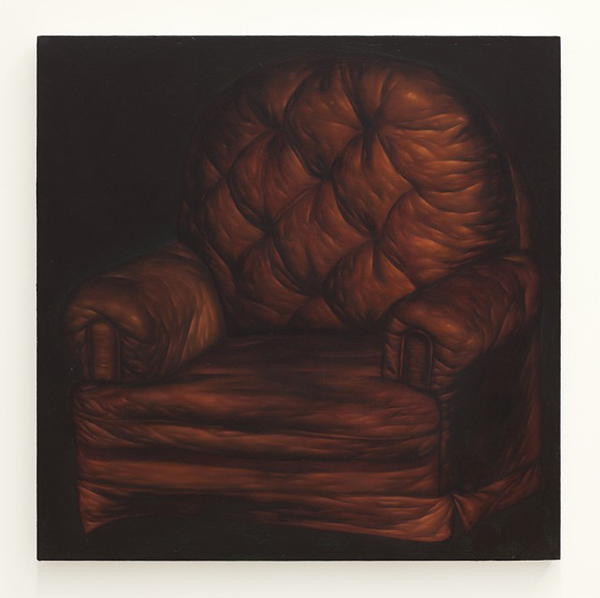
Seth Alverson "Chair"
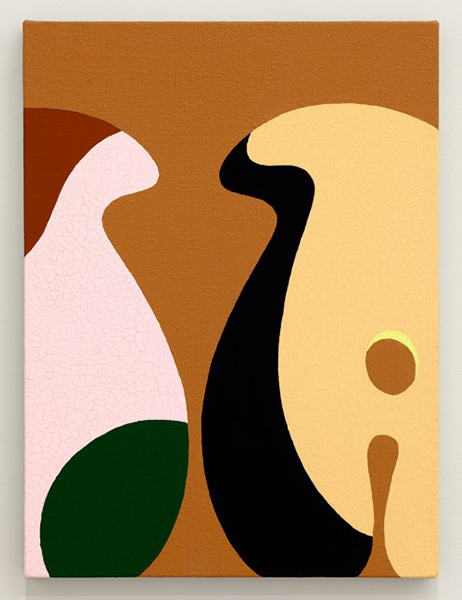
Tisch Abelow "Untitled (Jozee Painting)"